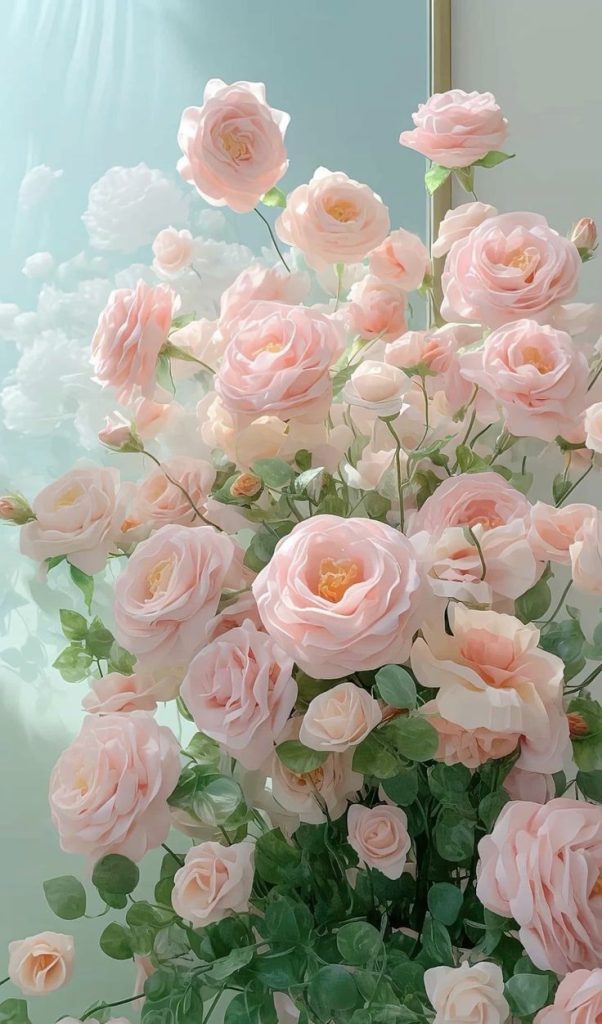Effective drainage is crucial for the health and vitality of your garden. Poor drainage can lead to waterlogged soil, root rot, and the loss of valuable plants. Whether you’re dealing with clay soil that doesn’t drain well or a low-lying area that collects water, managing garden drainage issues is essential for maintaining a thriving garden. Here are some tips and solutions to help you improve garden drainage:










1. Assess Your Soil:
- Soil Test: Conduct a soil test to determine the soil type and pH level. Understanding your soil composition will help you choose the right plants and drainage solutions for your garden.
- Improve Soil Structure: For clay or compacted soils, incorporate organic matter such as compost, aged manure, or peat moss to improve soil structure and enhance drainage.
2. Create Drainage Channels:
- Install French Drains: A French drain is a trench filled with gravel or rock that redirects water away from the garden. Dig a trench sloping away from the problem area and fill it with gravel to create an effective drainage channel.
- Build Swales: Swales are shallow ditches or depressions that collect and redirect water. Constructing swales along contours or slopes can help channel water away from low-lying areas and prevent waterlogging.
3. Raised Beds and Containers:
- Raised Beds: Planting in raised beds can improve drainage by elevating the soil level and allowing excess water to drain away more easily. Use well-draining soil mixtures and incorporate plenty of organic matter to encourage healthy root growth.
- Container Gardening: Growing plants in containers or pots allows you to control the soil composition and drainage more effectively. Ensure containers have adequate drainage holes and use a high-quality potting mix designed for good drainage.
4. Improve Garden Slope:
- Create a Slope: If your garden has a flat or low-lying area, consider adding a gentle slope or mound to encourage water to drain away more effectively. Use soil, gravel, or rocks to build up the area and create a gradual slope.
- Divert Water Away: Redirect rainwater from downspouts, roofs, or pathways away from the garden using gutters, downspout extensions, or drainage pipes. This can help prevent waterlogging and protect your plants from excess moisture.
5. Install Permeable Surfaces:
- Use Permeable Pavers: Replace solid surfaces like concrete or asphalt with permeable pavers or gravel to allow water to infiltrate the soil more effectively. This can help reduce runoff and improve garden drainage.
- Gravel Paths: Installing gravel paths or walkways in the garden can also help improve drainage by allowing water to percolate into the soil rather than pooling on the surface.
6. Regular Maintenance:
- Clear Debris: Regularly remove leaves, twigs, and other debris from gutters, drains, and drainage channels to prevent blockages and ensure water can flow freely.
- Check Drainage Systems: Inspect French drains, swales, and other drainage systems regularly to ensure they are functioning properly. Clean out any accumulated sediment or debris to maintain optimal drainage.
Conclusion:
Managing garden drainage issues is essential for maintaining a healthy and vibrant garden. By assessing your soil, creating drainage channels, using raised beds and containers, improving the garden slope, installing permeable surfaces, and maintaining your drainage systems, you can effectively address and resolve drainage problems in your garden. Implement these tips and solutions to improve garden drainage and create an environment where your plants can thrive and flourish. With proper drainage, you can enjoy a beautiful and bountiful garden all year round